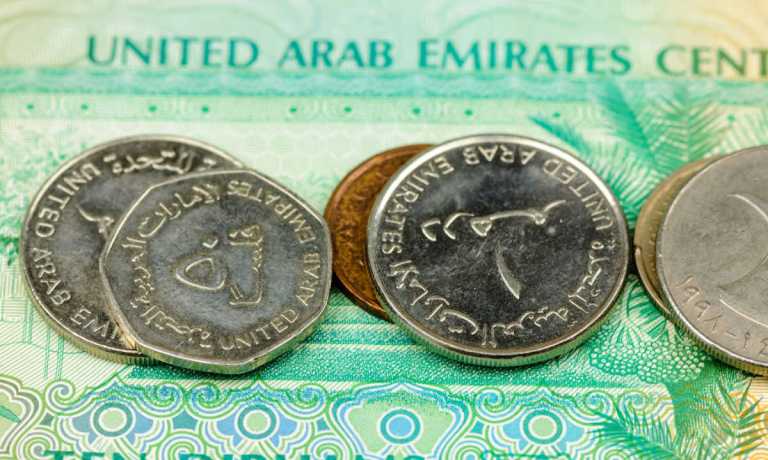UAE Plans Digital Dirham to Promote Cross-Border Payments

The United Arab Emirates (UAE) is preparing to launch a central bank digital currency.
The Gulf nation announced its digital currency plans Sunday (Feb. 12) as part of its Financial Infrastructure Transformation (FIT) Program.
With the announcement, the UAE joins more than 100 other countries who are either investigating or preparing to debut a central bank digital currency (CBDC).
In the case of the UAE, the country’s central bank believes its digital dirham will “address the problems and inefficiency of cross-border payments and help drive innovation for domestic payments respectively,” the announcement said.
Other FIT initiatives include the UAE’s “first unified, secured, and efficient card payment platform” to promote the growth of digital and eCommerce transactions, and programs to encourage instant payments and open finance.
“These digital payment initiatives will drive financial inclusion, promote payment innovation, security and efficiency, and achieve a cashless society,” the announcement said.
As PYMNTS has written, cross-border payments are popular in the UAE — and the Gulf states in general — as the region has a large population of people from other countries who work there but send money back home.
Meanwhile, CBDC projects around the world are at various stages of development. As noted here last week, the Asia-Pacific (APAC) region is at the head of the pack.
Though no Asian government has formally launched a CBDC, the world’s two most populous nations, China and India, are both well underway in their tests. However, these pilots have gotten admittedly mixed reviews from their citizens and businesses.
Other APAC countries, including Singapore, Australia, Japan, Korea and Hong Kong, are already piloting CBDCs, or plan to this year.
“Several factors, some unique to each nation, are behind the growing global interest in CBDCs,” PYMNTS wrote last week.
For higher income nations, CBDCs are seen as a way to enhance the efficiency and safety of payment systems. Other countries view the currency as a path to better promote financial inclusion and financial stability.
European Central Bank (ECB) board member Fabio Panetta sees the role of CBDCs as being, “to preserve the role of central bank money in payments by offering an additional option for paying with public money, including where this is not possible today.”
As a central issuer, the ECB has been tasked with the creation of a so-called “digital euro CBDC,” while eurozone countries are contributing on their own to developments for its use in retail and wholesale applications.
The ECB’s two-year investigation phase into the digital euro CBDC is expected to wrap up in October and will yield a decision on the potential development of a digital euro prototype.